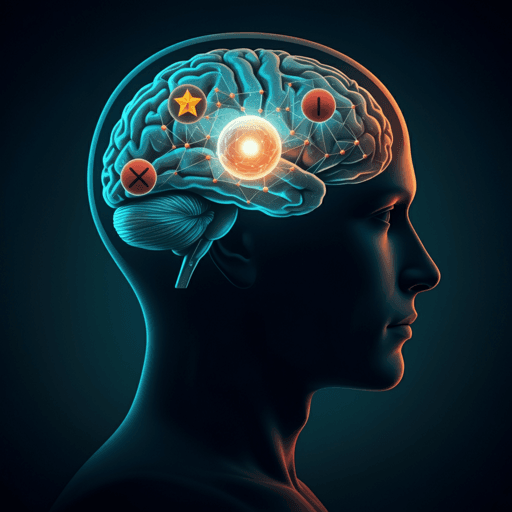
Psychology
Neural and Computational Mechanisms of Motivation and Decision-making
D. M. Yee
This Special Focus examines how motivation can both sharpen and impair decision-making, using model-based computational approaches to parse cognitive components and pinpoint when incentives shape strategies and self-reports. It also proposes that organisms may optimize internal states rather than merely maximizing external rewards. Research conducted by Debbie M. Yee (Brown University).
~3 min • Beginner • English
Related Publications
Explore these studies to deepen your understanding of the subject.







